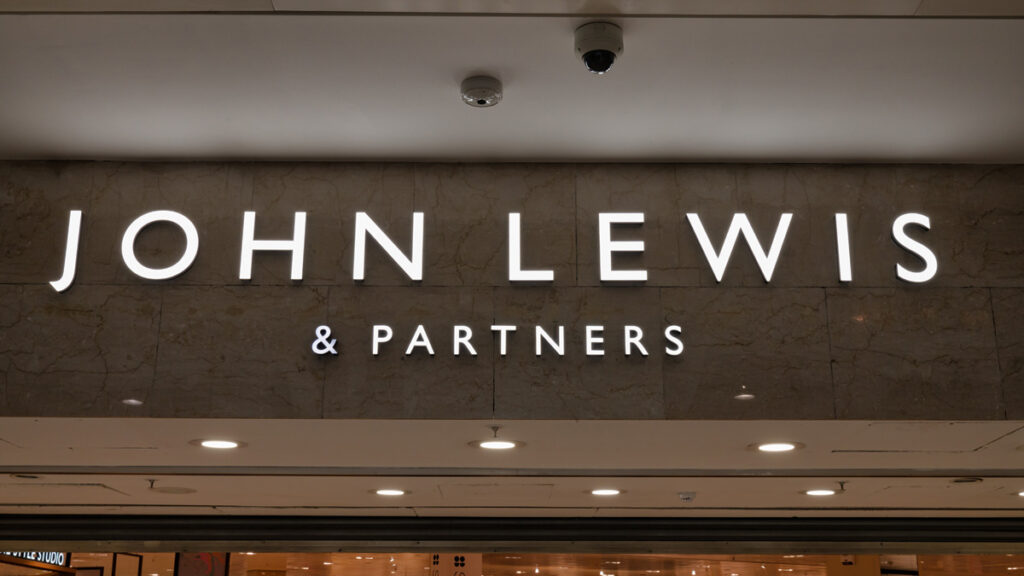How to handle layoffs as the recession begins to bite
Redundancies are sometimes necessary but there are ways to conduct the process to make it easier for staff and managers

“The risk of losing trust is one of the biggest consequences for leaders conducting layoffs,” says Verity Creedy, vice-president of product management at global leadership consulting firm DDI. With the UK officially entering a recession, more businesses could soon be letting people go. However, it is possible to rebuild trust afterwards.
“Trust plays a crucial role in a company’s success,” says Creedy. According to a study by Harvard Business Review, workers at companies where trust is high report 106% greater energy in the office, 74% lower stress levels, 76% greater engagement, and 50% more productivity than their peers at low-trust businesses.
However, trust in business leaders appears to be waning. Just 32% of leaders have trust in senior leaders to make the right decisions, with 46% having trust in their direct manager, according to DDI’s Global Leadership Forecast 2023. The research also found that leaders who trust senior leaders are three times more likely to develop novel ideas or solutions than those in low-trust organisations too.

“Trust is essential for maintaining focus, as without it, employees are likely to become disengaged, feel unappreciated, and begin searching for new roles,” says Creedy. “With ongoing political unrest, a continuing rollercoaster ride of an economy and companies still shedding any roles deemed inefficient, we can expect workplace tensions to further escalate,” she adds. “It’s critical that leaders prioritise building trust from the top-down to navigate these challenges effectively.”
How to manage layoffs
Over 42,000 employees have already been laid off by tech companies in 2024, according to figures from Layoffs.fyi, and a few of these firms provide valuable lessons in how not to let employees go. Vishal Garg, the CEO of digital mortgage lender Better, made headlines in December 2021 after firing 900 employees over Zoom, whilst Google let thousands go over email last year.
DDI has also seen companies be too quick to cut jobs at the middle-manager level. Creedy says, “Mid-level leaders perform a key function in translating executive-level strategy into execution. When companies start to overcorrect this layer, they end up contributing to long-term damage.”

Dominic Monkhouse is the CEO of Monkhouse and Company, a provider of business coaching and CEO mentorship services. During his time as an executive at AAH Meditel in the 1990s, they cut staff numbers by more than 50%. He says, “If it is done transparently and openly, the remaining employees are extremely resilient. If there is a clear rationale for those who exited versus seeming randomness, this is very helpful.”
The renowned business coach recommends clearly communicating the reasons behind the layoffs, how decisions were made, and what steps are being taken to ensure the company’s future stability. “You can never over-communicate,” Monkhouse says. He also believes leaders should actively engage with employees and share updates with them, whilst demonstrating empathy and resilience.
Creedy says the best way to approach layoffs depends on the individual context, but whatever approach is used, it’s critical to conduct layoffs with empathy about the emotions people are feeling and transparency about the rationale behind the decisions.
“It’s important that all managers have clear and consistent information, so they know how to communicate to employees about what happened and why, without the confusion of different information coming from different sources,” she adds. Business leaders should also be prepared that additional top talent may leave as they worry about the direction and stability of the organisation.
Rebuilding trust
According to Monkhouse, “Showing that you care for those leaving can positively impact the trust of the remaining staff,” so support should be provided to those being let go.
“Be on the lookout for signs of burnout, stress, frustration, survivor’s guilt and other indications that the well-being of your team is at risk,” says Creedy. “Tailor support to individual needs, whether it’s providing answers, reskilling, schedule changes, offering opportunities for development, or connecting them with external resources.”
“Share your thoughts and feelings with the team as you experience the loss of colleagues together to build understanding and trust, although take care not to make the situation all about you,” she adds. “Many leaders fear that showing vulnerability will erode trust and thus confidence in their guidance, but our report suggests the opposite is true.” According to DDI’s research, when leaders regularly display vulnerability, their employees are 5.3 times more likely to trust them.
Monkhouse believes acknowledging the contributions of remaining employees can go a long way and recommends sharing the company’s strategy and roadmap for recovery and growth post-layoffs. “Employees need to see a clear vision for the future and understand their role in it,” he says.
“After the layoffs are completed, it’s also critical leaders and the business follow through on the commitments they have made to rebuild trust,” says Creedy. “They need to allot the proper resources and support, and keep to deadlines, profit goals, and other performance targets. They need to show that the headcount losses were not in vain, and that they have a clear and determined plan for a strong future ahead.”

